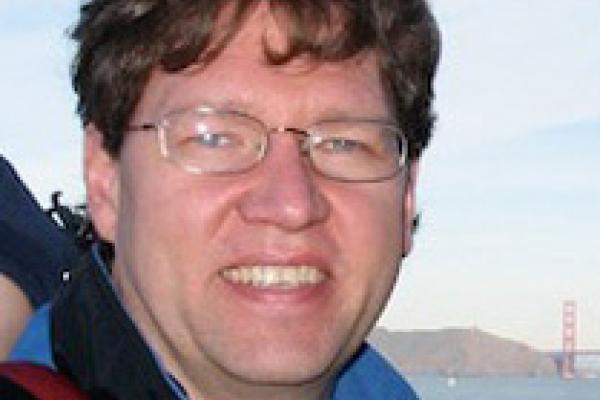
Long ago Weinberg showed, from first principles, that the amplitude for a single photon exchange between an electric current and a magnetic current violates Lorentz invariance. The obvious conclusion at the time was that monopoles were not allowed in quantum field theory. Since the discovery of topological monopoles there has thus been a paradox. On the one hand, topological monopoles are constructed in Lorentz invariant quantum field theories, while on the other hand, the low-energy effective theory for such monopoles will reproduce Weinberg's result. We examine a toy model where both
electric and magnetic charges are perturbatively coupled and show how soft-photon resummation for hard scattering exponentiates the Lorentz violating pieces to a phase that is the covariant form of the Aharonov-Bohm phase due to the Dirac string. The modulus of the scattering amplitudes (and hence observables) are Lorentz invariant, and when Dirac charge quantization is imposed the amplitude itself is also Lorentz invariant. For closed paths there is a topological component of the phase that relates to aspects of 4D topological quantum field theory.
\\ ( https://arxiv.org/abs/1809.05102 , 409kb)
